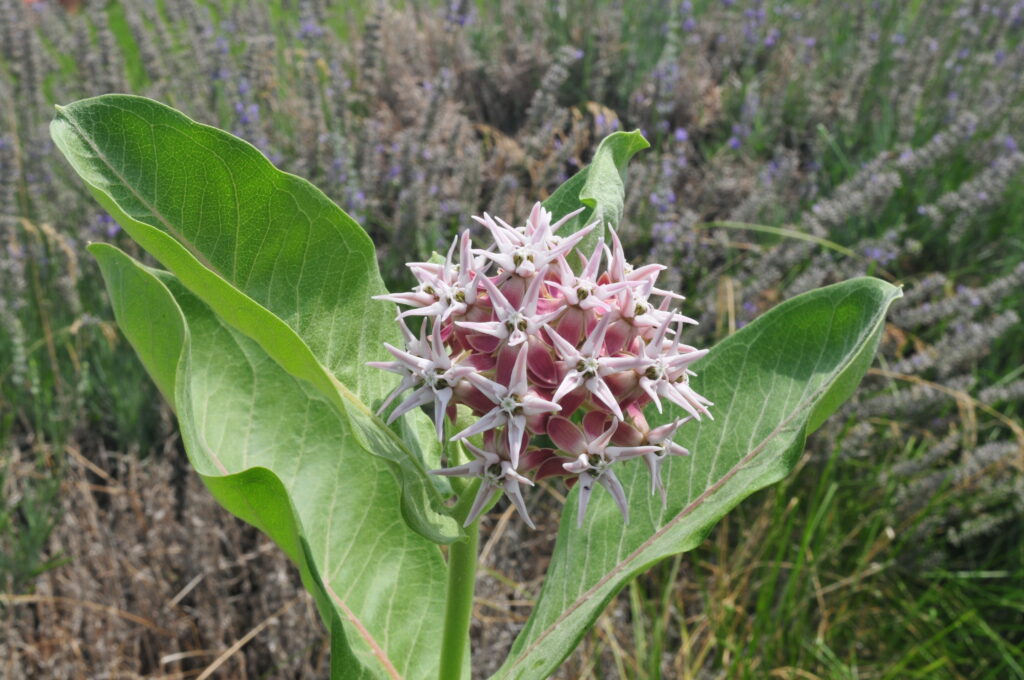Who knew how beautiful a plain old milkweed could be?
A couple years ago I recall wondering “where have all the Monarch butterflies gone?” We used to see them quite often growing up, but I cannot recall now the last time I’ve seen one. Research led me to the milkweed. Apparently, the Monarch caterpillar only eat the leaves of the milkweed plant. Supposedly, with increased usage of broad spectrum herbicides like glyphosate (aka Monsanto’s Round-Up), combined with bioengineered crops that are glyphosate proof, the milkweeds that used to grow in amongst crops are being killed off. There are probably other reasons as well. But the end result is hardly any milkweeds means hardly any Monarch butterflies. We live in an arid place, and a most of the land here that grows anything around here is irrigated crop circles. I see some milkweed growing along the edges of our local rivers, but not that many. Since the Monarch are migratory, coming up from Central America, they will seek out what remaining areas have the food for their young. Which is not our area!
Last year, apparently some milkweed seeds blew in from the Yakima river, which is a few hundred meters from my house. They began sprouting this spring amongst my lavender plants, and also in my dad’s garden where I grow my hot pepper plants. Rather than pull them up, I let them grow this time, hoping maybe some Monarchs would stop by. While I was disappointed in this, I did grow to appreciate the beauty of this plant, especially its compound inflorescence. It is so incredibly beautiful up close, and even from a distance. And it smells amazing with a spicy sweet fragrance.
I let these milkweeds grow all summer. I even staked them up to help support them. And when the seed pods started bursting open, I took them and scattered seeds in the wind.
If you come across milkweeds growing on your land, think twice about pulling them out. They are a treat to see and hopefully may one day bring back more of the Monarch butterfly.

